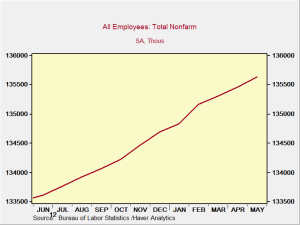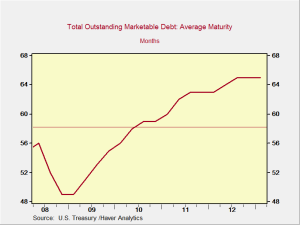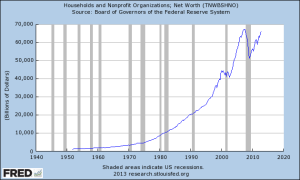No prizes for guessing today’s topic. The Federal Reserve’s meeting ended yesterday with the usual statement and press conference by Ben Bernanke. But, as you could see from the market reaction, what was discussed was far from the usual.
For anyone who missed it, the Fed released a statement, which Bernanke amplified in his press conference, that a pullback from the bond purchasing program is indeed in the works. He even gave a target for when the Fed plans to start pulling back: at an unemployment rate of around 7 percent. To further support this, the Fed released more cheerful economic projections that suggest the pullback would start around the end of this year or so. The financial markets promptly sold off.








